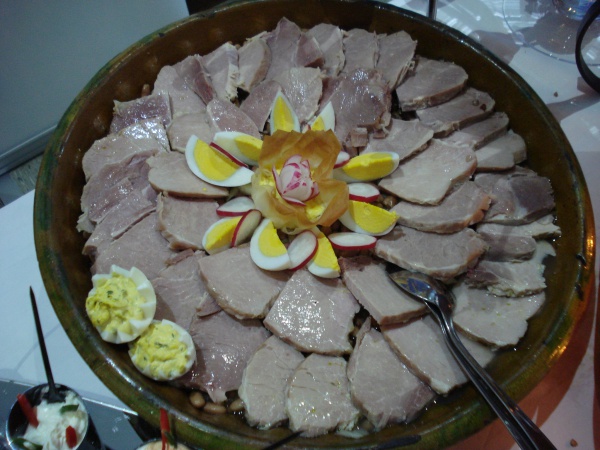Facts About Croatian cuisine
Croatian cuisine is a delightful amalgamation of flavors and traditions, with each region offering its own distinctive culinary experience. This diversity is rooted in Croatia’s historical interactions with neighboring countries and cultures. On the mainland, the cuisine is influenced by Slavic, Hungarian, and Turkish traditions, featuring ingredients such as lard, black pepper, paprika, and garlic. In contrast, coastal regions embrace Greek, Roman, and Mediterranean flavors, employing olive oil, rosemary, sage, and oregano.
Croatian food can be categorized into various regional styles, each boasting its own specialties. Meat enthusiasts will appreciate the array of dishes prepared by grilling, roasting, and stewing. Pasta holds a particular affinity in the Dalmatian region, and soups—whether broth-based or creamy—are a staple throughout the country.
When it comes to side dishes, you’ll find options like sataraš (a vegetable stew), mlinci (baked flatbread), and šalša od pomidora (tomato sauce). Cheese aficionados will relish regional varieties such as Paški sir and škripavac. For those with a sweet tooth, Croatia offers a variety of savory pies, pastries, and desserts including palačinke (crepes), baklava, and strudel.
Croatia’s beverage culture is equally rich. The country produces a variety of wines, both red and white, and local beers like Karlovačko and Ožujsko are quite popular. Traditional liqueurs and spirits, such as rakija and Pelinkovac, enrich the vibrant beverage scene. Croatia's coffee culture, deeply influenced by its history with the Austro-Hungarian and Ottoman Empires, makes coffee a significant part of daily life. Mineral water and juices also enjoy prominence.

 Bosnia and Herzegovina
Bosnia and Herzegovina